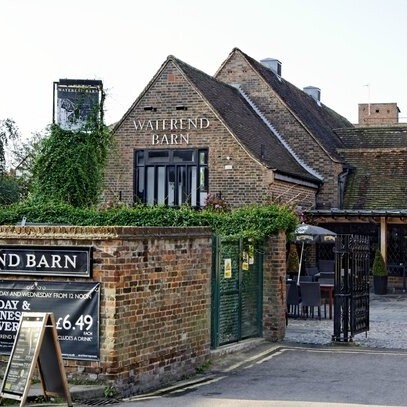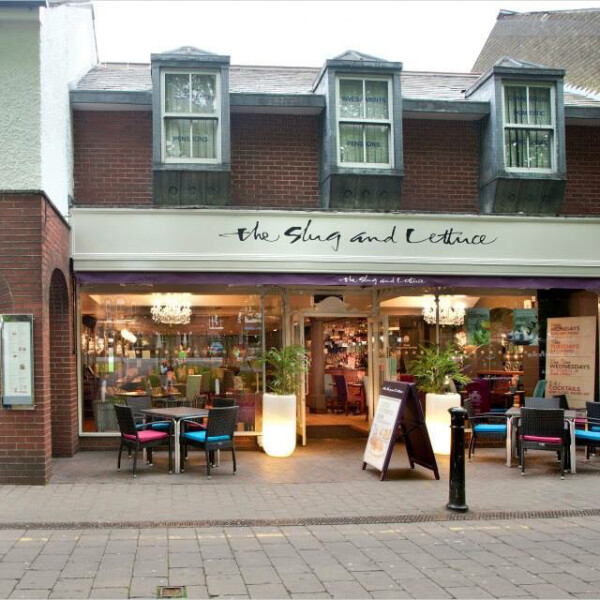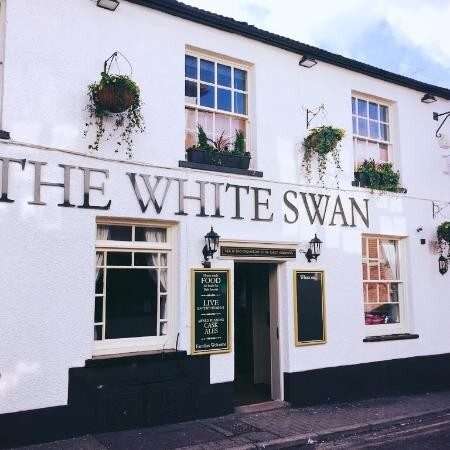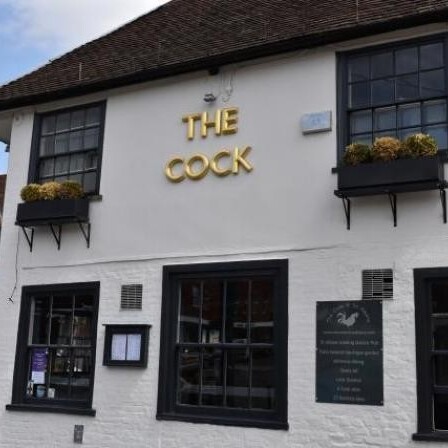
Living in St. Albans
Thinking about moving to St. Albans? Discover why it's a great place to live, fun things to do here, what the local schools and transport connections are like - and of course the most important thing of all: how much houses cost to buy.
Your guide to moving to St. Albans
Why St. Albans is a good place to live
Living in St. Albans offers the ideal balance of tranquillity and activity. It's a place where history is alive, which you'll see with its rows of classic edifices showcasing remnants from Celtic, Roman and Medieval times. It's ideal for those who cherish a slower pace of life, yet still value the benefits of a vibrant city. Despite its countryside charm, St. Albans is incredibly accessible - it's only 25 miles away from London. The town also highly prioritises education, hosting top-rated schools like Fleetville Junior School and Beaumont School. And on weekends, locals enjoy the bustling indie shops and delectable restaurants.
What's St. Albans famous for?
St. Albans is famous for its intriguing blend of history and culture. This city houses the magnificent St Albans Cathedral, a spectacular piece of ancient architecture that attracts thousands of visitors each year. Its rich Roman history is showcased at tourist attractions like the St Albans Museum and Gallery and the Verulamium Museum. Pop culture also has a place in St. Albans - home to Samuel Ryder, the founder of the renowned Ryder Cup golf tournament.
Things to do in St. Albans
There's never a dull moment when living in St. Albans due to the wealth of activities and sites to explore. History enthusiasts can delve into the city's past at the St. Albans Museum + Gallery or the Verulamium Museum. For those who love the outdoors, there's the beautiful Verulamium Park to stroll around. Theatre lovers can enjoy a variety of shows at venues like Alban Arena. Dining and drinking options abound too, from fine restaurants to historic pubs like Ye Olde Fighting Cocks, claimed to be the oldest pub in England.
We have used a bespoke generative AI model to help us research and create our area guides. All of our content is reviewed, and edited where needed, by our trusted team of Zoopla content editors.
Average asking prices in St. Albans today
We update our average asking prices every day using data from millions of properties for sale.
Properties currently for sale in St. Albans
Whether you're looking to buy a family home or a beautiful apartment, we've got you covered.
Guide price
£850,000
- Bedrooms2
- Bathrooms2
- Living rooms2
2 bed terraced house for sale
Liverpool Road, St Albans AL1Guide price
£730,000
- Bedrooms3
- Bathrooms1
- Living rooms2
3 bed end terrace house for sale
Folly Avenue, St. Albans, Hertfordshire AL3
Transport in St. Albans
Find the nearest train stations and other transport links in St. Albans.
Local connections
- St Albans City
- National Rail
- 0.5 miles / 0.8 km
- St Albans Abbey
- National Rail
- 0.6 miles / 1.0 km
- Park Street
- National Rail
- 1.9 miles / 3.1 km
- How Wood (Hertfordshire)
- National Rail
- 2.5 miles / 4.0 km
- Bricket Wood
- National Rail
- 3.4 miles / 5.5 km
- Harpenden
- National Rail
- 4.3 miles / 6.9 km
Schools in St. Albans
Discover local primary schools, secondary schools and sixth form colleges in St. Albans.
Education in St. Albans
- Aboyne Lodge Junior Mixed and Infant School
- Ages: 4 - 11 years old
- Ofsted Rating: Good (2023)
- Alban City School
- Ages: 5 - 11 years old
- Ofsted Rating: Good (2023)
- Maple Primary School
- Ages: 4 - 11 years old
- Ofsted Rating: Good (2021)
- St Albans Independent College
- Ages: 14 - 19 years old
- Ofsted Rating: Inadequate (2022)
- St Albans School
- Ages: 11 - 19 years old
- St Albans High School for Girls
- Ages: 4 - 18 years old
Local pubs in St. Albans


Waterend Barn
St Albans, Hertfordshire, AL1
Alban's Well
St Albans, Hertfordshire, AL1
Slug & Lettuce
St Albans, Hertfordshire, AL1
White Swan
St Albans, Hertfordshire, AL3The White Swan is a traditional Irish/English pub situated in the historic market town of St Albans.

Cock Inn
St Albans, Hertfordshire, AL1




